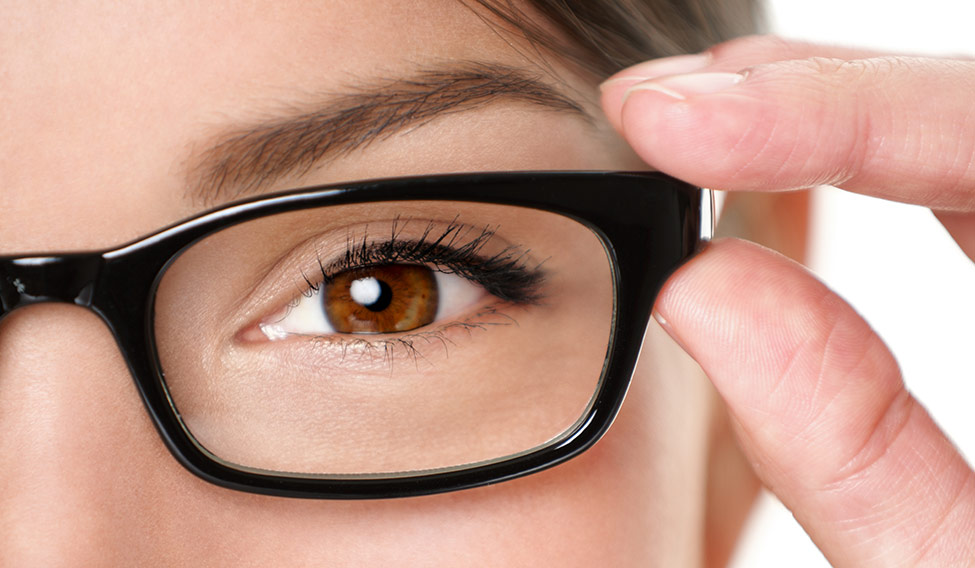As you cross 40, you observe a number of changes in your body. You might not be as agile as you were before, and your knees might begin to hurt. Another noticeable change is difficulty in focusing on near objects. You will experience blurred vision. You will suddenly start feeling the need to adjust the position of your newspaper, book or smartphone and hold it at arm’s length to see clearly. A natural occurrence, presbyopia (literally meaning ageing eye) will eventually happen to everyone, typically around age 40. People with presbyopia will no longer have clear vision, even with their regular glasses. But presbyopia is not as scary as it sounds and can be easily managed with the right lenses. A 2008 study published in the Archives of Ophthalmology estimated that about 1 billion people across the world had vision problems because of presbyopia. This number is expected to rise to 1.4 billion by 2020. More than half the people currently living with presbyopia have no access to corrective spectacles; a bulk of this population lives in developing countries like India.
Presbyopia is caused by the ageing of the lenses in the eye. When we are younger, the lenses are flexible with a greater ability to focus at all distances. However, with age, the lenses tend to lose the ability to change shape and focus. As a result, the eye’s ability to focus on near objects progressively worsens.
While long-distance vision impairment is often talked about as affecting productivity, near-distance vision impairment owing to presbyopia is often not given enough importance. Near-vision quality is essential in a number of jobs such as sewing and tailoring, repairing objects, and cooking. A bulk of the productivity loss happens in low-income countries where a majority of presbyopia cases remains uncorrected or under-corrected. A global correction of all poor vision could potentially lead to a 35 per cent increase in productivity and a 20 per cent increase in monthly income in the developing world.
A discussion with your doctor will help decide on the solution, depending on your lifestyle and the severity of the condition. This may be simple reading glasses, bifocals or progressive lenses.
Reading glasses: An ideal reading glass helps in seeing near objects. However, reading glasses cannot help you see distant objects. People using glasses, therefore, keep two pairs, one for reading, the other for far vision.
Bifocal lenses: Each bifocal lens is visibly divided—the top part provides clear distance vision, while the bottom portion provides clear near vision. Because a bifocal has two lenses fused together, wearers might experience a vision jump. Also, bifocal lenses do not provide clear vision for intermediate distances.
Progressive lenses: Progressive lens is a modern solution for presbyopia. They are easy to manage and enable a smooth and seamless transition between different distances. They remove the ‘image jump’ or jerk factor common in bifocals and offer a clear ability to read a book, view computer, and see clearly across the room. Backed by many years of research, progressive lenses are an established option that is more convenient.
The writer is group COO, Essilor India.






